Are you planning a trip to Croatia? If so, you might be curious about Pula, a seaside city in the country’s Istrian region.
We believe Pula is a spectacular travel destination in Croatia, deserving of a visit, whether for a weekend getaway or a more extended holiday. That's precisely why we've put together an updated Pula travel guide to one of our top favorite places.
Pula is located at the southern tip of the Istrian peninsula. It's the largest city in Istria and one of the oldest. You’ll find it just over 100 km from Rijeka and around 270 km from Zagreb.
It sits on the Adriatic Sea, facing Italy across the water. This gives the city a sunny, coastal vibe and an ideal location for exploring both land and sea.
Pula is well connected. It has its own airport and great road links to other parts of Croatia. Ferries also connect Pula to Venice during summer.
So, whether you're flying, driving, or sailing in, getting to Pula is easy.

Tips: If you're planning to explore more of Istria, Pula is a perfect base. It's well connected to nearby towns like Rovinj and Poreč by bus, car, and even boat in summer. You can enjoy the calm pace of Pula while taking easy day trips to other coastal gems or inland wine roads.
Pula is a city that feels both ancient and alive. It’s packed with Roman history, but still full of energy, beaches, and everyday life.
You’ll notice the mix right away. Locals sip espresso near a 2,000-year-old amphitheater. Families swim at pebble beaches just minutes from medieval streets.

Tips: If you enjoy mixing beach time with history, Pula is just the spot. One moment you’re exploring a Roman temple, the next you’re sipping coffee by the sea. It's a city where you can be casual and curious all in the same afternoon — no need to choose between culture and coast.
Maja Horvat is an ex-travel proffesional turned journalist, writer, and photographer that turned her love of traveling Croatia into a career.
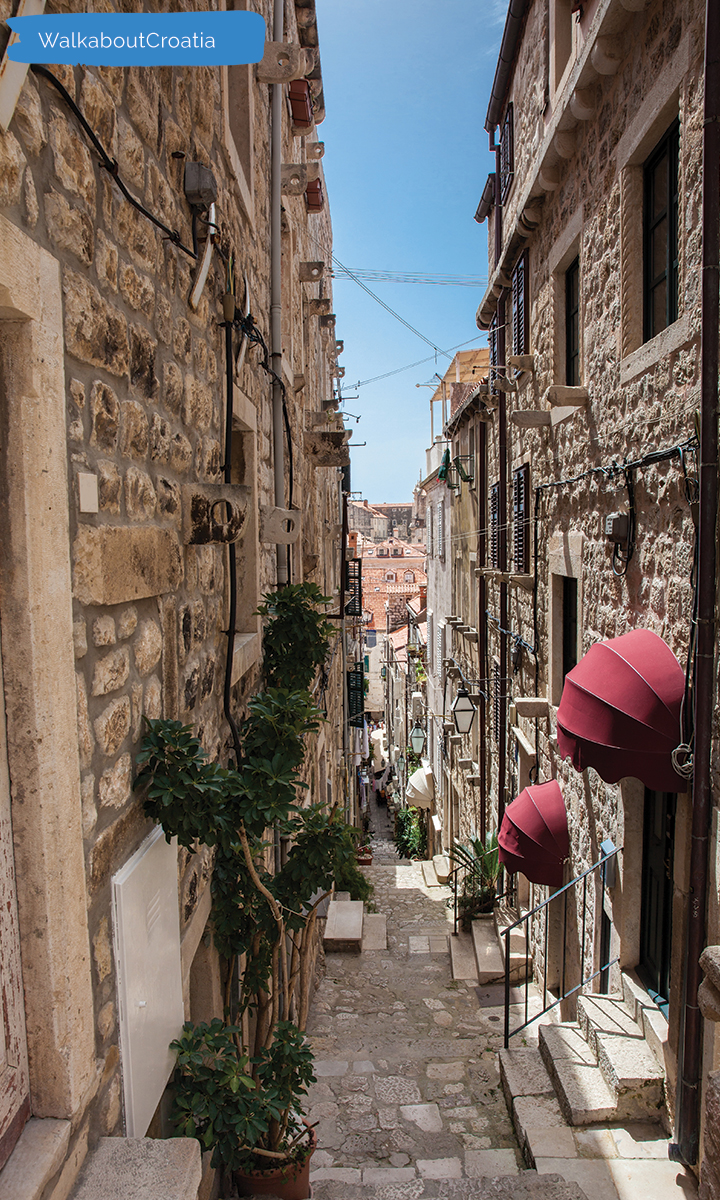

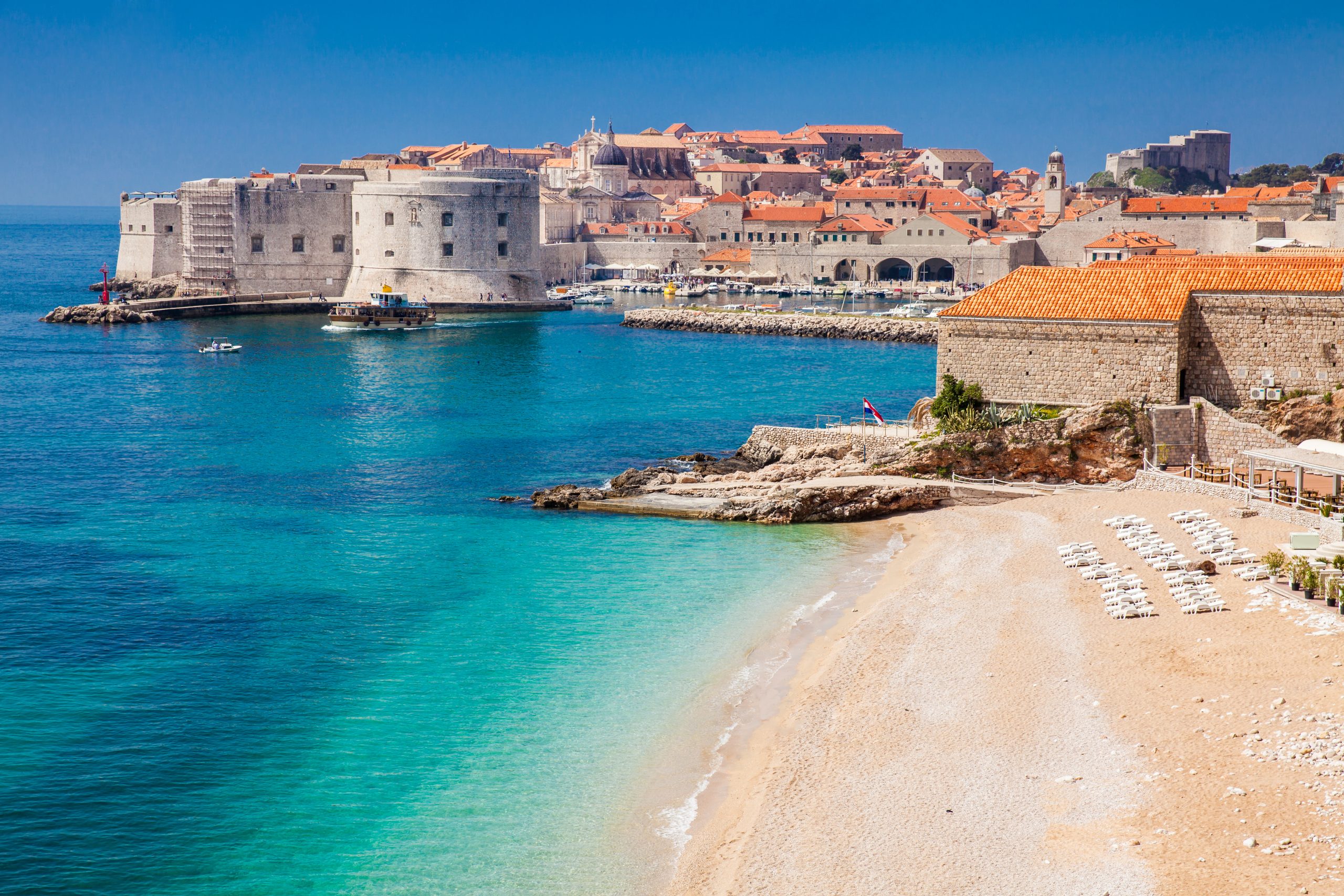
Pula's old town itself isn’t huge, so it’s easy to explore on foot. It curves gently along the coast, with hilltop views and sea breezes around every corner.
Pula has a laid-back feel, even in summer. It’s not flashy, but that’s part of the charm. It feels real — a place where people live, work, and enjoy the sunshine.
If you're into food, history, or just quiet coastal vibes, you’ll feel right at home here.
You should consider visiting and staying in Pula as a traveler for a few great reasons.
Authentic Atmosphere – Pula offers a real slice of Croatia. It’s less polished than bigger cities but more genuine and relaxed.
Incredible Roman History – Pula's old town is home to one of the best-preserved Roman amphitheaters in the world, along with ancient gates, temples, and tunnels you can explore on foot.
Beautiful Coastline – Pula’s beaches are quiet, natural, and perfect for swimming. Expect crystal-clear water, shady pine trees, and rocky coves with locals instead of crowds.
Istrian Cuisine – Food here is slow, rich, and delicious. Think fresh seafood, handmade pasta, truffles, olive oil, and local wine — all served without a rush.
Affordable & Laid-back – Pula gives you the Adriatic experience without the high price tag. You get space, history, and sea views, without the tourist overload.
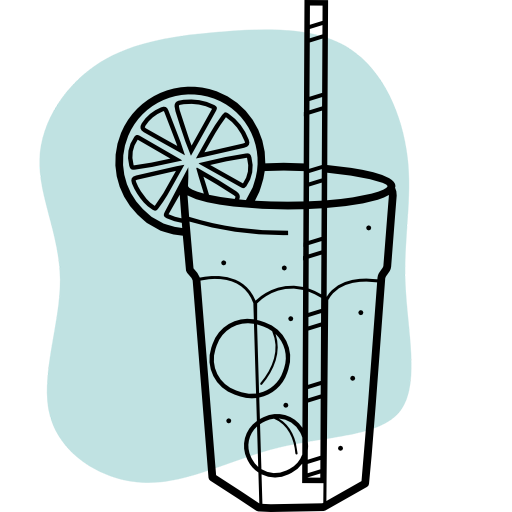
Tips: If big tourist crowds aren’t your thing, Pula is a great alternative to cities like Dubrovnik or Split. It offers plenty of charm, great food, and seaside scenery without the over-tourism. Plus, prices here are more wallet-friendly, especially for accommodation and dining.
If you're after a real Croatian coastal town with character, Pula is the one to put on your list.
The best time to visit Pula, Croatia, is between May and September. Like much of the Adriatic coast, Pula enjoys hot, dry summers and mild, wetter winters — rarely with snow.
If you’re after the best beach weather, plan your trip for June, July, or August. During these months, the weather is reliably sunny and warm. Expect average daytime highs around 29°C (84°F) in July and August, with plenty of sunshine and sea temperatures reaching 26°C — perfect for swimming.
This is also when Pula is most lively, with open beach bars, restaurants, events, and ferry services. You'll find all tourist services running at full swing, but it’s also peak season — meaning bigger crowds and higher accommodation prices.
For a quieter and more affordable trip, consider visiting in May or September. These shoulder months are ideal if you prefer fewer tourists, easier restaurant reservations, and lower hotel rates.
In September, the sea remains warm, the heat eases off, and the city takes on a more relaxed pace. It’s often considered the best month to visit Pula if you want good weather without the summer rush.
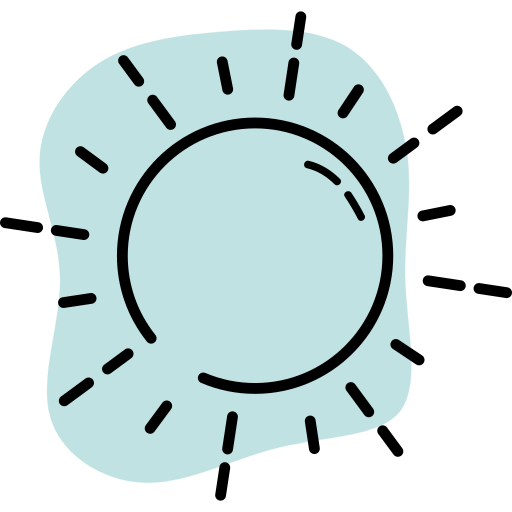
Tips: If you’re hoping for beach weather and open attractions, June or September are ideal. July and August are sunny and festive, but busier and more expensive. In spring and fall, the vibe is calmer, but you can still enjoy the old town, nature parks, and fresh seasonal food.

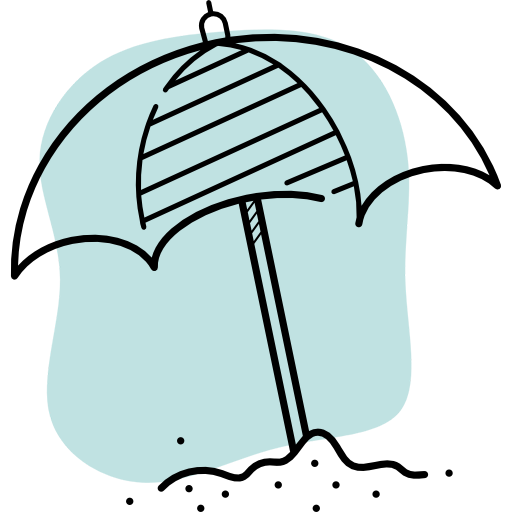
Tips: Be sure to check out the page on the best Pula beaches for more information on where to soak up the sun and enjoy the crystal-clear waters of the Adriatic Sea!
Like many ancient cities, Pula’s name has a story — and it goes way back.
The name Pula is believed to come from the ancient Greek word "Polis," meaning “city.” This reflects its early role as a key coastal settlement with strong ties to ancient Greek and Roman trade routes.
There’s also a local legend that adds a bit of mythical charm. According to the tale, Pula was founded by the Colchians, who were chasing Jason and the Argonauts after he stole the Golden Fleece. When they failed to catch him, they settled here and formed a city of refuge.
So while the name has Greek linguistic roots, it also carries centuries of myth and multicultural influence — from Illyrians and Romans to Venetians and Austro-Hungarians.

Tips: While exploring Pula's Old Town, pay attention to local legends and names. Many spots in the city reflect its mix of Greek, Roman, and Illyrian history. If you enjoy mythology, this is a fun place to connect ancient stories with real-world locations.
How do you get to this coastal gem? What’s the best way to reach Pula?
Most travelers arrive by plane, landing at Pula Airport, located just 7 km from the city center or old town. It’s a small but well-connected airport, with seasonal flights from major European cities, especially during the summer months.
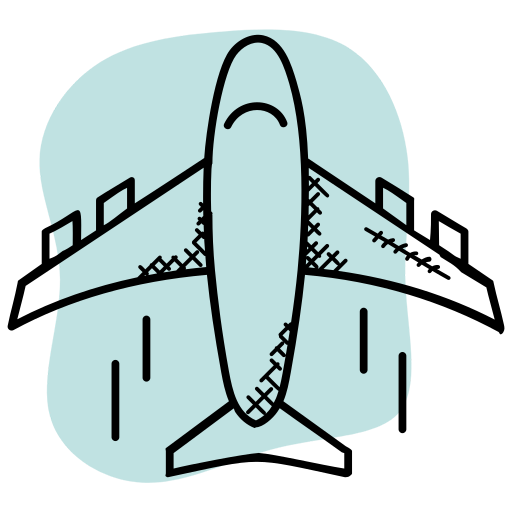
Tips: The easiest way to get from Pula Airport to the city is by taxi. The ride takes about 10–15 minutes and brings you straight to your hotel or apartment. It’s quick, convenient, and affordable.
You can also take a local shuttle bus, which runs between the airport and downtown. It’s a good option if you’re not in a rush and want to save a few euros.
Some visitors arrive in Pula from other Croatian cities. You can drive, take a long-distance bus, or even hop on a ferry during summer. Ferries connect Pula to Zadar, Rijeka, and even Venice, Italy.

Tips: Driving to Pula is easy — the roads in Istria are in great condition. If you're coming from Rovinj, Poreč, or Opatija, it's a smooth ride with lovely views along the way.
And if you’re already in Istria, buses connect Pula with all major towns, usually several times a day.
If you're flying into Pula Airport, book your taxi in advance during summer. It’s quicker and cheaper than waiting at the terminal. Planning to drive around Istria? Renting a car is a great idea — especially if you want to visit Cape Kamenjak, Brijuni, or local wineries.
If, as a visitor, you wander through Pula’s Old Town streets, lively waterfront, and Roman ruins, you’ll come across many fascinating sights worth stopping for.
Pula Arena – One of the best-preserved Roman amphitheaters in the world. Built in the 1st century, it once hosted gladiator battles and today holds concerts, festivals, and summer film screenings. You can even walk under the arena floor where wild animals were once kept.
Temple of Augustus – A beautifully preserved Roman temple located in the Forum, Pula’s Old Town main square. Originally built between 2 BC and AD 14, it's now a small museum showcasing Roman sculptures and artifacts.
Arch of the Sergii – This grand stone arch dates back to the 1st century BC and once served as the entrance to the city. It’s one of the best photo spots in town and leads you straight into the heart of the old city.
Forum Square – The lively Roman square in Pula’s old town, where locals and tourists gather for coffee, events, and people-watching. It’s been the city’s main public space since ancient times.
Zerostrasse – A network of underground tunnels built during World War I. Today, you can walk through cool, dim passageways that once served as shelter, storage, and communication routes.
Historical and Maritime Museum of Istria – Located inside a hilltop Venetian fortress, this museum explores Pula’s military, naval, and everyday history. Plus, the views from the top are worth the visit alone.
Cathedral of the Assumption of the Blessed Virgin Mary – Dating back to the 5th century, this Romanesque-style cathedral features early Christian mosaics and a peaceful courtyard. It's an important religious and architectural landmark.
Fortresses and City Walls – Several smaller Austro-Hungarian fortresses surround Pula, once part of the city’s coastal defense system. Many are now used as cultural spaces, with great panoramic views of the city and sea.

Tips: Get a combo ticket for the main Roman sites — like the Arena, Temple of Augustus, and underground tunnels. That way you save money and get more insight into Pula’s ancient roots. For fewer crowds, visit early in the morning or late afternoon, especially in summer.
You can easily venture beyond the center of Pula's Old Town to explore its nearby attractions, historic sites, and natural landmarks in the wider Istria region.
Brijuni National Park
A group of 14 islands just off the coast of Pula, Brijuni is a mix of untouched nature, ancient ruins, and even exotic animals. The main island features a safari park, Roman villas, and guided electric train tours. Ferries to Brijuni depart regularly from nearby Fažana.
Cape Kamenjak
Located at the southern tip of Istria, Premantura, about 10 km from Pula, this protected nature park is known for rugged cliffs, hidden beaches, and biking trails. It’s one of the best places for swimming, cliff jumping, and watching epic sunsets.
Fort Punta Christo
A 19th-century Austro-Hungarian fortress just outside the city. Today, it hosts music festivals, art shows, and other creative events in a dramatic coastal setting. It’s both historic and unexpectedly modern.
Pula Aquarium & Verudela Fortress
This aquarium is housed inside a 130-year-old coastal fort on the Verudela peninsula. It features Adriatic marine life and sea turtle rescue programs — a great family-friendly stop close to the beach.
Kaštel – Venetian Fortress
Just above the city center, this hilltop fortress is part of Pula’s defense system. Inside, you'll find the Historical and Maritime Museum, and outside, panoramic views over the sea, rooftops, and Roman ruins.
Monastery of St. Francis
A peaceful 13th-century Franciscan monastery tucked into the old town. It features Gothic-Romanesque architecture, a lovely cloister garden, and a quiet break from the busy streets.
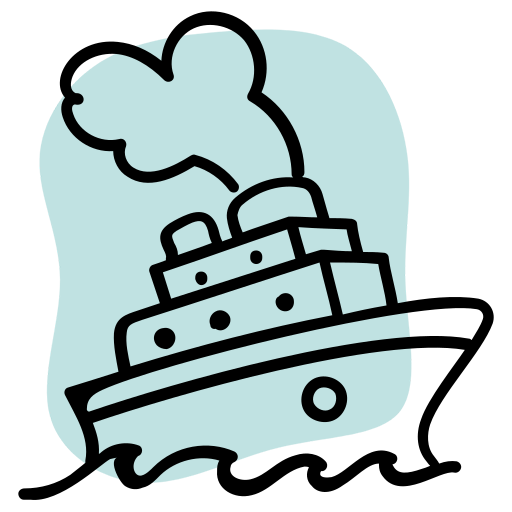
Tips: Don’t miss the ferry to Brijuni — it’s one of the most unique day trips from Pula. Book in advance if you’re visiting in July or August. If you like coastal drives or cycling, Cape Kamenjak is another unmissable spot — wild, scenic, and only a short drive from town.
Pula may seem quiet during the day, but after sunset, the city comes alive in its own laid-back way. This isn’t a party town like Hvar or Split, but it offers a surprising mix of bars, beach clubs, and live music — especially during summer.
Start your evening with a drink at one of the Pula's Old Town wine bars or sea-view cafés along the waterfront. Local wines and craft beers are popular, and most places stay open late.
For live music and open-air vibes, head to Forum Square or the area near the Arch of the Sergii. You'll often find street performers, small concerts, and relaxed crowds enjoying the night air.
If you're into clubs and electronic music, look for seasonal events at Fort Punta Christo or inside the Pula Arena itself. Yes, you can dance in a Roman amphitheatre — it’s one of the coolest nightlife experiences in Croatia.
On the coast, Verudela Beach Bars like E&D serve cocktails until late, often with DJs or live acoustic sets. The vibe is more chilled than wild — think soft lights, waves in the background, and a good gin and tonic.
And if you're staying near Pješčana Uvala, you’ll find a few sleek waterfront bars perfect for a nightcap.

Tips: In summer, events pop up fast — check posters or ask locals what’s on. For a fun, relaxed night, you won’t need to go far.
Pula's nightlife truly shines during the summer months, with world-class artists performing in iconic settings like the ancient Roman amphitheater, the Pula Arena. Here are some standout events to look forward to:
June 10: Ludovico Einaudi – The renowned Italian pianist and composer brings his evocative music to the Pula Arena .
June 24: Tom Jones – The legendary Welsh singer known for hits like "It's Not Unusual" and "Delilah" performs at the Pula Arena .
June 28: Jean-Michel Jarre – The French electronic music pioneer presents a spectacular show at the Pula Arena .
July 2: Giuseppe Verdi's "Nabucco" – A grand opera performance by the SNG Opera and Ballet Ljubljana at the Pula Arena .
July 29: Bryan Adams – The Canadian rock star known for "Summer of '69" and "Heaven" rocks the Pula Arena .
August 10: Justice – The French electronic duo delivers an electrifying performance at the Pula Arena .
August 15: Parni Valjak – The iconic Croatian rock band celebrates their legacy with a concert at the Pula Arena .
August 23: Tomislav Bralić i Klapa Intrade – Experience traditional Croatian klapa singing in the majestic setting of the Pula Arena .
August 26: José Carreras – The world-renowned Spanish tenor graces the Pula Arena with his powerful voice .
August 30: Tony Cetinski – One of Croatia's most popular pop singers performs at the Pula Arena .
September 4: Johann Strauss Capella Wien – Celebrating 200 years of Strauss, this concert at the Small Roman Theatre offers a classical music experience .
Pula’s restaurants and taverns focus on Istrian and Mediterranean cuisine, known for using fresh seafood, olive oil, local herbs, and seasonal vegetables.
While fish and seafood are central to most menus, you’ll also find plenty of meat dishes, homemade pasta, and Istrian specialties like truffles, wild asparagus, and local cheeses. Fuži (a traditional Istrian pasta) with truffle sauce is a must-try.
For those who prefer familiar flavors, most places also offer pizzas, pastas, burgers, and simple grilled meals. You’ll have no trouble finding something to suit every taste — from traditional to tourist-friendly.
Prices:
Restaurants in Pula range from budget konobas (local taverns) to fine dining spots. Compared to other coastal cities like Dubrovnik or Rovinj, Pula is slightly more affordable, especially outside of the peak summer months. Many restaurants have terraces or patios, so you can dine outdoors and enjoy sea views or old-town charm.
Here are a few places in Pula whose food and atmosphere we can honestly recommend:
Bistro Alighieri – Local favorites, friendly prices, and right in the Pula's Old Town - Price range: $$
Konoba Boccaporta – Family-run tavern with traditional Istrian meals and homemade pasta - Price range: $$ - $$$
Navetta – Istrian/Italian cuisine with a focus on quality ingredients and cozy ambience - Price range: $$
La Bonaca – Seaside setting with a romantic view, great for seafood lovers - Price range: $$ - $$$
Jupiter – Very popular for pizza, grilled meat, and big portions - Price range: $$
Farabuto – A hidden gem with excellent service and daily fresh fish - Price range: $$
Smoked bar & bbq – Great place for the meat lovers, also perfect for family visit. Big space, nice menu and great waiters - Price range: $$
Ribarska Koliba – A Michelin-recommended culinary oasis be the sea serving freshly caught exceptional seafood - Price range: $$$
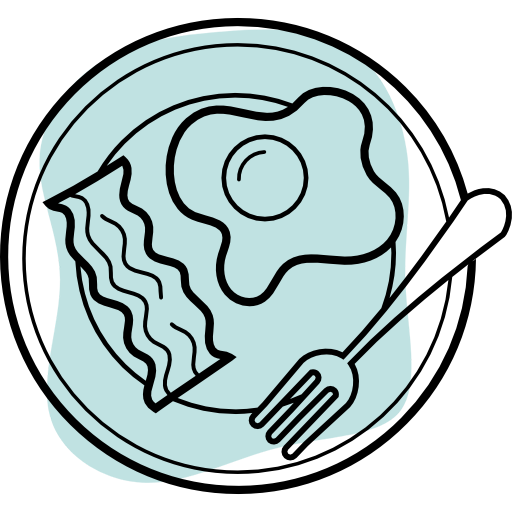
Tips: Try restaurants that serve Istrian truffle dishes — even simple pasta becomes a local delicacy. For budget-friendly options, head to eateries just outside the old town. And if you love wine, ask for local Istrian varietals like Malvazija or Teran.
Pula offers all kinds of accommodation for visitors — from hotels and seaside resorts to campsites, apartments, and guesthouses.
Maja Horvat is an ex-travel proffesional turned journalist, writer, and photographer that turned her love of traveling Croatia into a career.